You may want a dog that you can teach a few tricks, take for a couple of short walks a day, and who will snuggle with you every night. If your dog is on this list of high-maintenance dog breeds, however, you might get more than you bargained for.
Some dogs are high maintenance because they need massive amounts of exercise. Some dogs are high maintenance because they require a lot of grooming. Some dogs are high maintenance because they are extremely intelligent and become bored easily. And some dogs are extremely prone to a wide variety of health problems that may require extensive vet bills.
Every dog breed has their upsides of course, but it’s important to know what you’re in for if you get one of these high-maintenance dog breeds so that you can meet your dog’s needs and set him up for a lifetime of success. With that being said, here are the 25 most high-maintenance dog breeds.
#1 – Akita
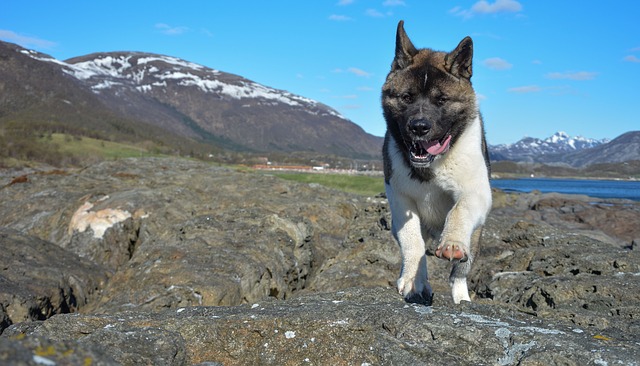
Akitas are large dogs that can become aggressive with other people or dogs unless they are extremely well-socialized. They are prone to killing small animals and are unlikely to tolerate a child’s teasing. Akitas can be great, protective family dogs when they are well-trained, well-socialized, and receive enough exercise, but a breakdown in any of these or an owner that is either too aggressive or not assertive enough can result in disaster.
#2 – Australian Shepherd

Australian Shepherds are extremely active and extremely intelligent. If they don’t get plenty of exercise and mental stimulation, they can become destructive. Bred to herd sheep, the Australian Shepherd will chase and herd anything it can, whether that’s children, pets, bicycles, or cars. About one-third of all Aussies also suffer from some degree of noise phobia.
#3 – Border Collie
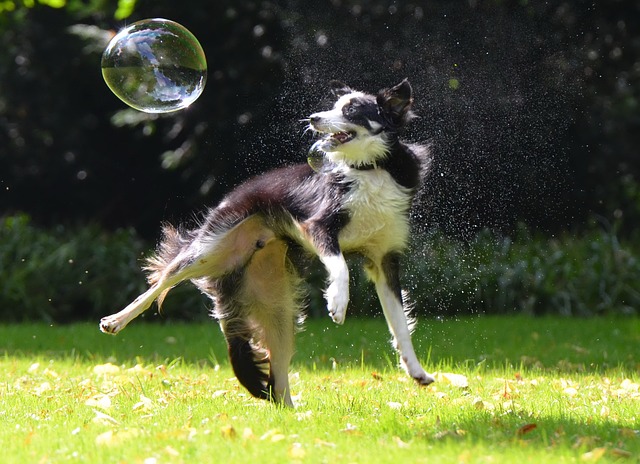
Like Australian Shepherds, Border Collies are extremely intelligent and are bred to run all day long. Often considered one of the smartest dog breeds, keeping a Border Collie entertained and exercised can be quite a chore for an owner who is not equally active. They do best when they are engaged in a dog sport such as agility or flyball to keep them learning, focused, and exercised.
#4 – Boxer
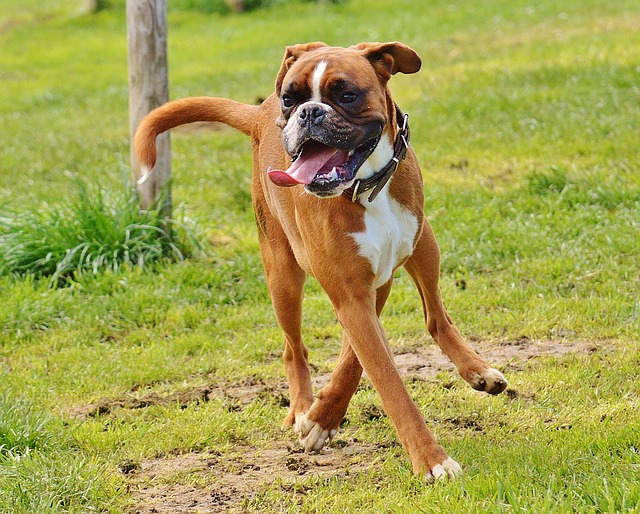
Not only do Boxers have a ton of energy, but they have a lot of health problems. They are one of the breeds most likely to get cancer. They’re also prone to developing various heart conditions, hip dysplasia, thyroid and eye issues, epilepsy, intestinal issues, and allergies. Boxers can be great family pets, but you need to be prepared for the possibility of extensive vet bills.
#5 – Brussels Griffon

The Brussels Griffon can be notoriously difficult to potty train, and they are the ultimate Velcro dog. If you want a dog that will follow you everywhere, including the bathroom, the Brussels may be right for you, but they are prone to separation anxiety and do best with an owner who spends most of their time at home.
#6 – Cavalier King Charles Spaniel

The Cavalier King Charles Spaniel is another companion dog that was bred specifically to keep a person company all day long. They can develop separation anxiety if they are left alone too much. These “love sponges” do best with an owner who is home most of the time. Their fur also needs regular brushing to prevent painful mats from forming.
#7 – Chow Chow
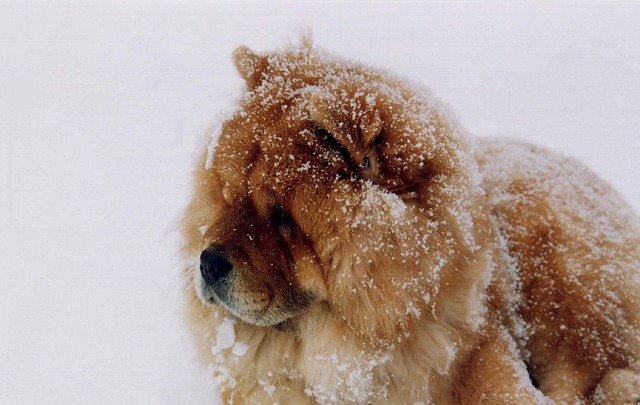
Chow Chows are very independent, strong-willed, and stubborn dogs that can be difficult to train. Without proper socialization, they can easily become aggressive. Their beautiful, thick coat also needs a lot of maintenance. They need daily brushing and regular attention from a groomer in order to avoid developing an uncomfortable matted pelt.
#8 – Cocker Spaniel
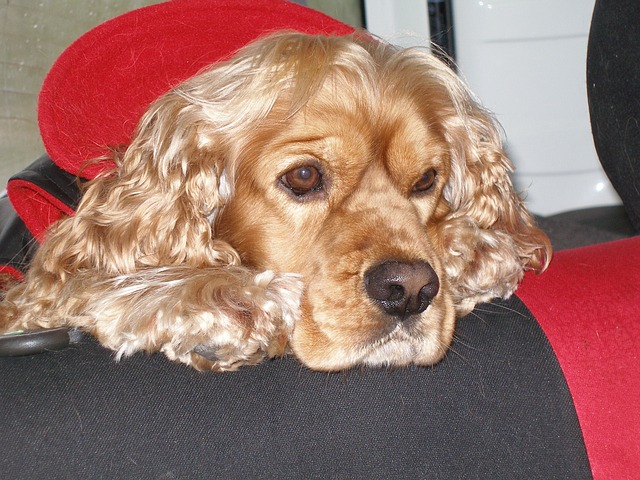
Cocker Spaniels prone to separation anxiety and have intensive grooming requirements. Their thick hair needs daily brushing and trimming from a groomer every 4-6 weeks and their fuzzy, floppy ears make them highly prone to ear infections. Cocker Spaniels are also susceptible to eye issues that can cause blindness, as well as hip dysplasia. A survey done by The Kennel Club UK found that the most common cause of death for both the American and English Cocker Spaniel was cancer, followed by old age.
#9 – Dalmatian
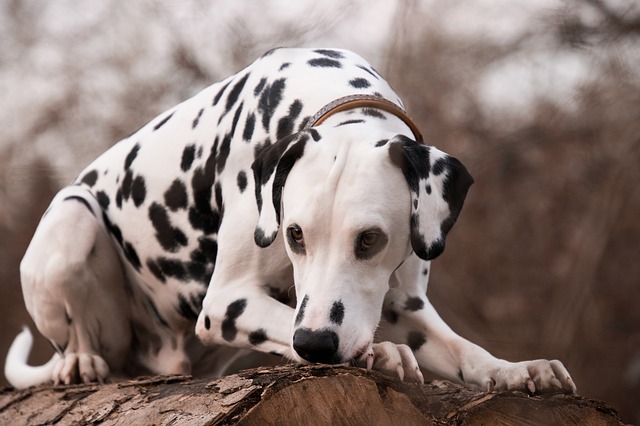
The “101 Dalmatians” did no favors for this dog breed. They have a tendency to be snappy with children, and an abundance of overbreeding and bad breeding when the movies made the breed popular has led to a large percentage of Dalmatians being born congenitally deaf, which makes training them even more difficult. They need a lot of exercise or they may become destructive.
#10 – English Bulldog

These adorable roly-poly dogs are one of the most popular dogs in the country due to their laid-back but loving personalities. Unfortunately, they are prone to a wide variety of health problems. They have more hip dysplasia than any other dog breed. Nearly 3 out of 4 English Bulldogs will develop hip dysplasia in their lifetime. They’re also prone to allergies, respiratory problems, and eyesight problems. You should have plenty of money set aside for vet bills for this breed.
#11 – English Springer Spaniel
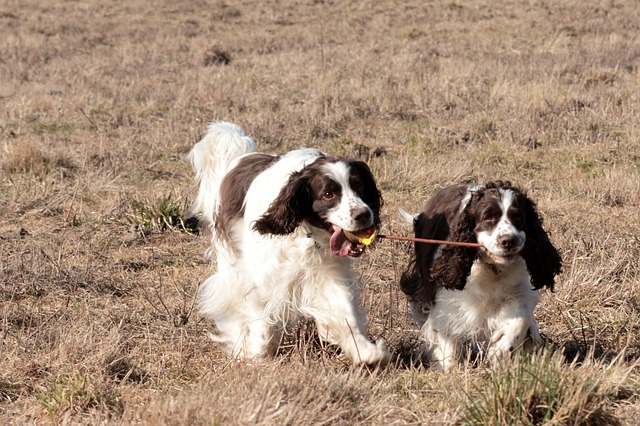
Not only do Springers have high exercise and grooming requirements, but they are prone to a condition called “Springer rage,” where they seem to forget who and where they are and attack anything that comes close to them. In a survey by The Atlantic, 1 in 4 Springers had bitten somebody. Springers are also prone to dominance aggression.
#12 – German Shepherd
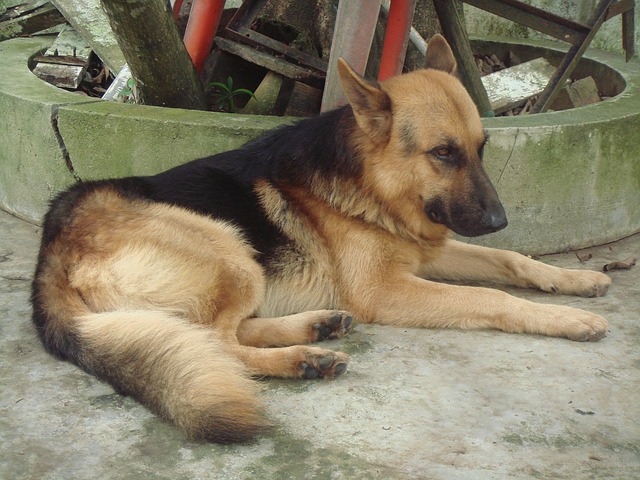
One of the most popular dog breeds in the country, German Shepherds are prone to a wide variety of health problems, including perianal fistulas, immuno- and pancreatic deficiencies, bacterial skin infections, pannus, degenerative myelopathy, and hip dysplasia. They can also become territorial and overly protective of their owners.
#13 – German Shorthaired Pointer
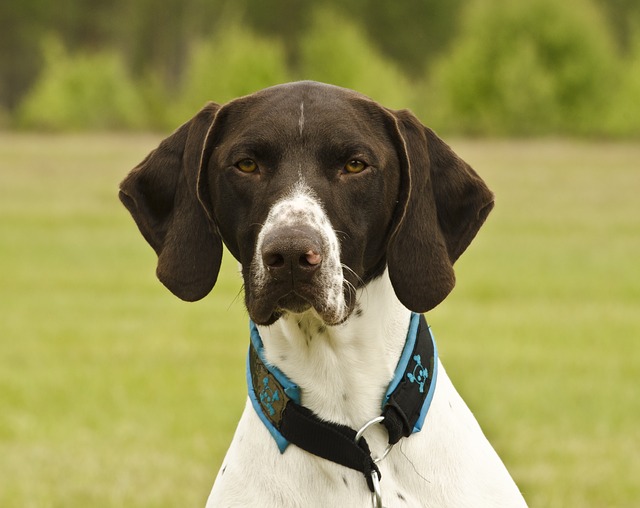
German Shorthaired Pointers need plenty of exercise and tend to be very clingy. They need lots of interaction with their humans and high-intensity exercise. They’re prone to separation anxiety and prefer to be with their family at all times.
#14 – Irish Setter
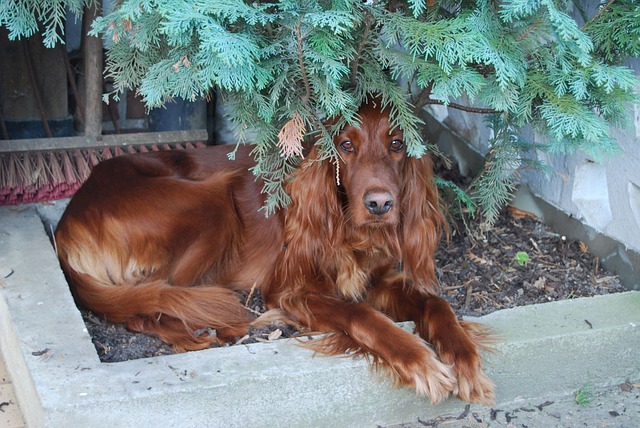
Irish Setters have high energy levels, but it isn’t safe to take them jogging until they’re at least 18 months old to protect their growing joints. They are perpetual puppies, which can be fun but frustrating since they can be difficult to train.
#15 – Jack Russell Terrier
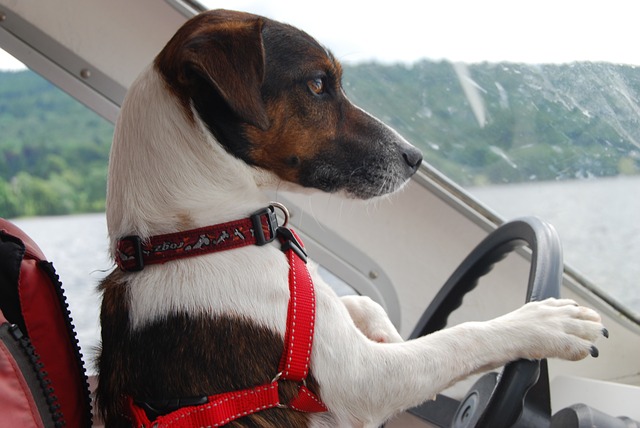
Jack Russell Terriers are extremely active and extremely intelligent. If they aren’t given enough physical and mental stimulation, they can find their own creative ways to keep themselves entertained – by digging up your yard, barking, or destroying things. They are highly trainable, but it can still be a full-time job keeping them exercised and entertained.
#16 – Labrador Retriever

Yes, even America’s favorite dog for the last 27 years is considered a high-maintenance dog. If you haven’t read or seen “Marley and Me,” you’ve probably at least heard of it. Labs need plenty of exercise and mental stimulation to keep them out of trouble. They’re also prone to a lot of health problems, including hip dysplasia and allergies.
#17 – Old English Sheepdog
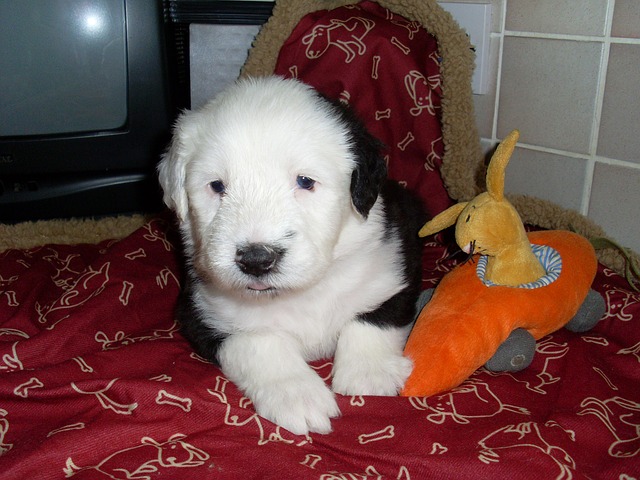
Old English Sheepdogs are very independent herding dogs that would prefer to chase anything they can than mind what you ask them to do. Their classic coat needs daily brushing and monthly attention from a groomer, especially if you plan to keep them in a longer cut.
#18 – Poodle
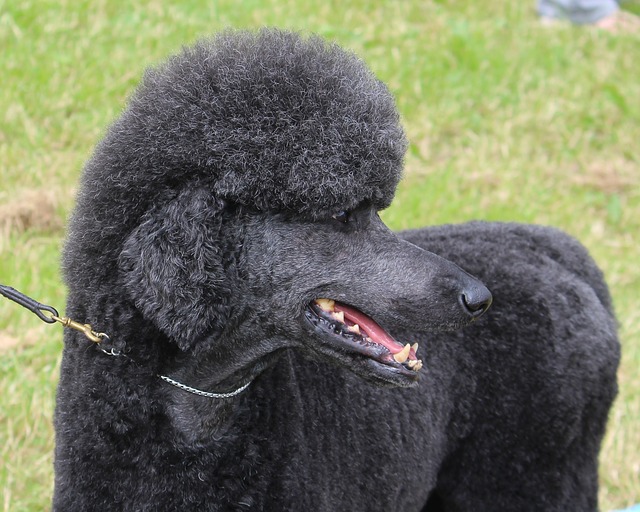
Poodles are the ultimate combination of high energy, extremely intelligent, and difficult to maintain the grooming on. They need plenty of mental and physical stimulation along with daily brushing and regular trips to the groomer to maintain their curly coat without it turning into one large, painfully uncomfortable mat.
#19 – Siberian Husky
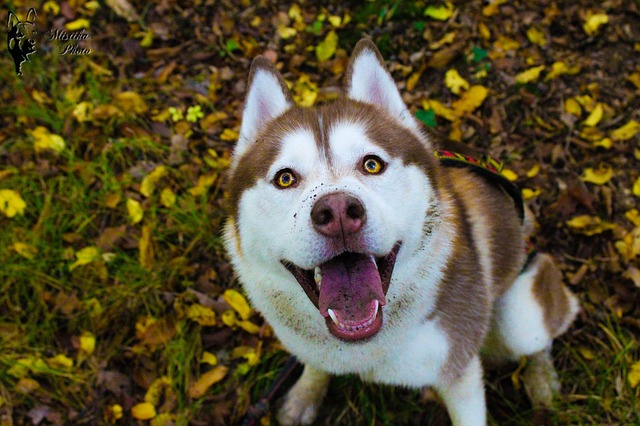
Huskies were bred to run all day long – in the cold weather. They need plenty of exercise, but they are prone to overheating in hotter areas of the country. They’re also fantastic escape artists and shed a lot, especially when the seasons change.
#20 – Yorkshire Terrier

Yorkies have a lot of energy bundled into a small package. They’re also prone to “small dog syndrome,” which can lead to them biting people, and their silky coat needs daily brushing and regular trips to a groomer to prevent painful mats.
(H/T: Yahoo! Entertainment, Cheat Sheet, Life in the Dog Lane, Bark Post)
